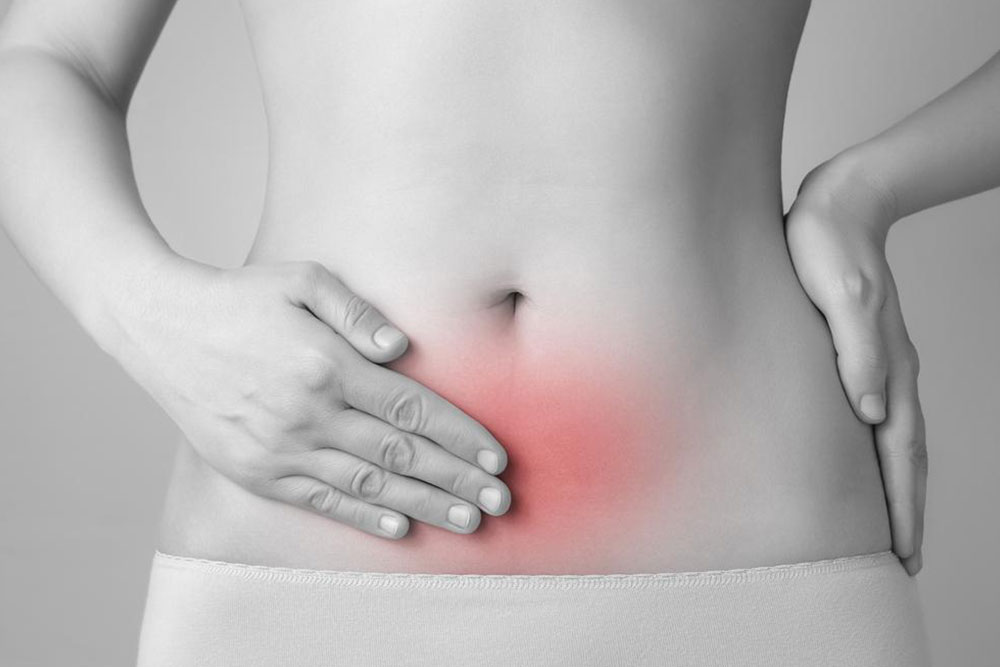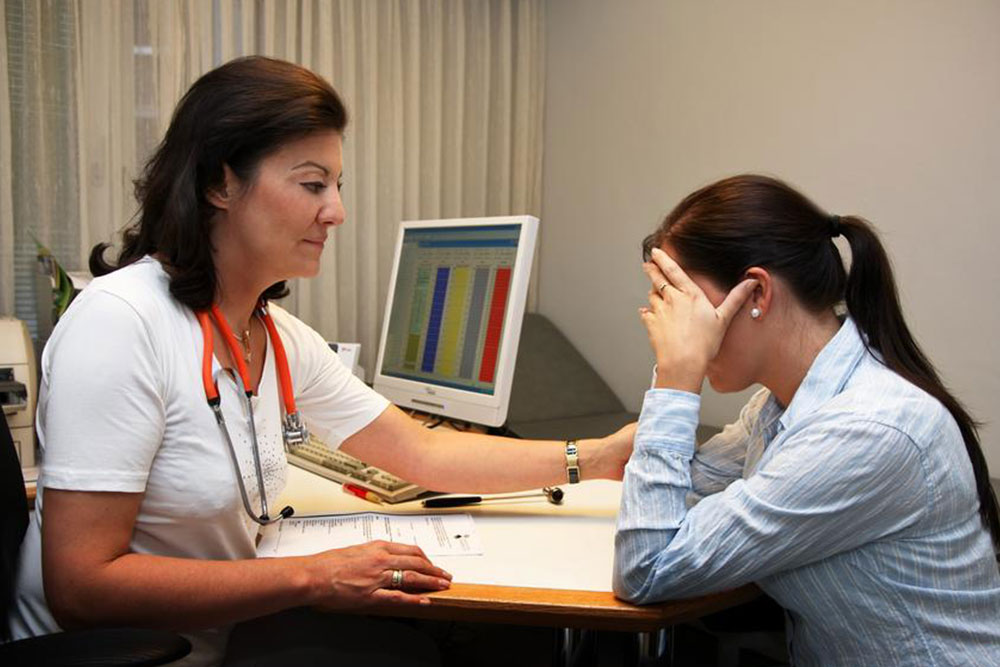Comprehensive Guide to Recognizing Early Symptoms of Appendicitis
This comprehensive article explores the early symptoms of appendicitis, emphasizing the importance of prompt diagnosis. It details common signs like lower abdominal pain, tenderness, and pain during movement, highlighting how early detection can prevent serious complications such as rupture and infection. Learn how to identify these symptoms early and when to seek urgent medical care to ensure effective treatment and recovery.

Comprehensive Guide to Recognizing Early Symptoms of Appendicitis
Appendicitis is a common but potentially serious medical condition caused by inflammation of the appendix, a small tube attached to the large intestine. Though the appendix is considered a vestigial organ with no essential function, it may have a role in the immune system, especially during early life. When inflammation occurs, often due to blockages from mucus buildup, fecal debris, parasitic infections, or bacterial causes, prompt diagnosis and treatment are critical to prevent complications such as rupture and spreading infection.
Understanding the early signs and symptoms of appendicitis is vital for timely medical intervention. Recognizing these symptoms early can help avoid severe health risks, including peritonitis or abscess formation. This article provides an in-depth look at the initial indicators of appendicitis, their characteristics, and when to seek emergency medical care.
Early detection of appendicitis symptoms enhances the likelihood of successful treatment and recovery. The hallmark signs of early appendicitis often appear subtly, but recognizing these indicators can significantly improve clinical outcomes. Below are the most common early symptoms to watch for:
Discomfort in the lower abdomen: One of the earliest signs is a dull, cramp-like ache around the umbilical area that gradually shifts to the right lower quadrant of the abdomen. As inflammation worsens, the pain intensifies and becomes more localized, often described as sharp or stabbing.
Pain worsens with movement: Activities that involve movement such as walking, coughing, sneezing, or even stretching can exacerbate the pain. In some cases, the pain can radiate to the groin or legs, especially as the condition advances.
In many cases, patients may not experience intense pain initially but notice tenderness in the right lower abdomen, a phenomenon known as rebound tenderness. To test for this, a healthcare provider applies firm pressure to the area; upon release, if a sharp pain or dull ache occurs, it indicates inflammation in the appendix. Recognizing this sign can be crucial for early diagnosis.
Additional early symptoms include:
Discomfort during bowel movements: Known medically as tenesmus, this symptom involves a persistent feeling of needing to pass stool, despite having already done so. Patients may feel strain or pressure, along with associated nausea, bloating, or mild vomiting, especially if inflammation progresses.
Pain while urinating: Though less common, some individuals experience pain or a burning sensation during urination. This occurs due to the inflammatory process causing swelling that irritates nearby structures, including the urinary tract.
Understanding these early signs is crucial because the symptoms of appendicitis can often mimic other gastrointestinal or urinary conditions. Delayed diagnosis may result in rupture, leading to peritonitis—a life-threatening abdominal infection. Therefore, seeking immediate medical attention if symptoms appear is essential for safe and effective treatment.
In conclusion, early recognition of appendicitis symptoms plays a vital role in preventing severe complications. If you experience persistent lower right abdominal pain, especially combined with nausea, tenderness, or pain during movement, consult a healthcare professional promptly. Early intervention with surgery or antibiotics is typically highly effective in preventing rupture and promoting recovery.





